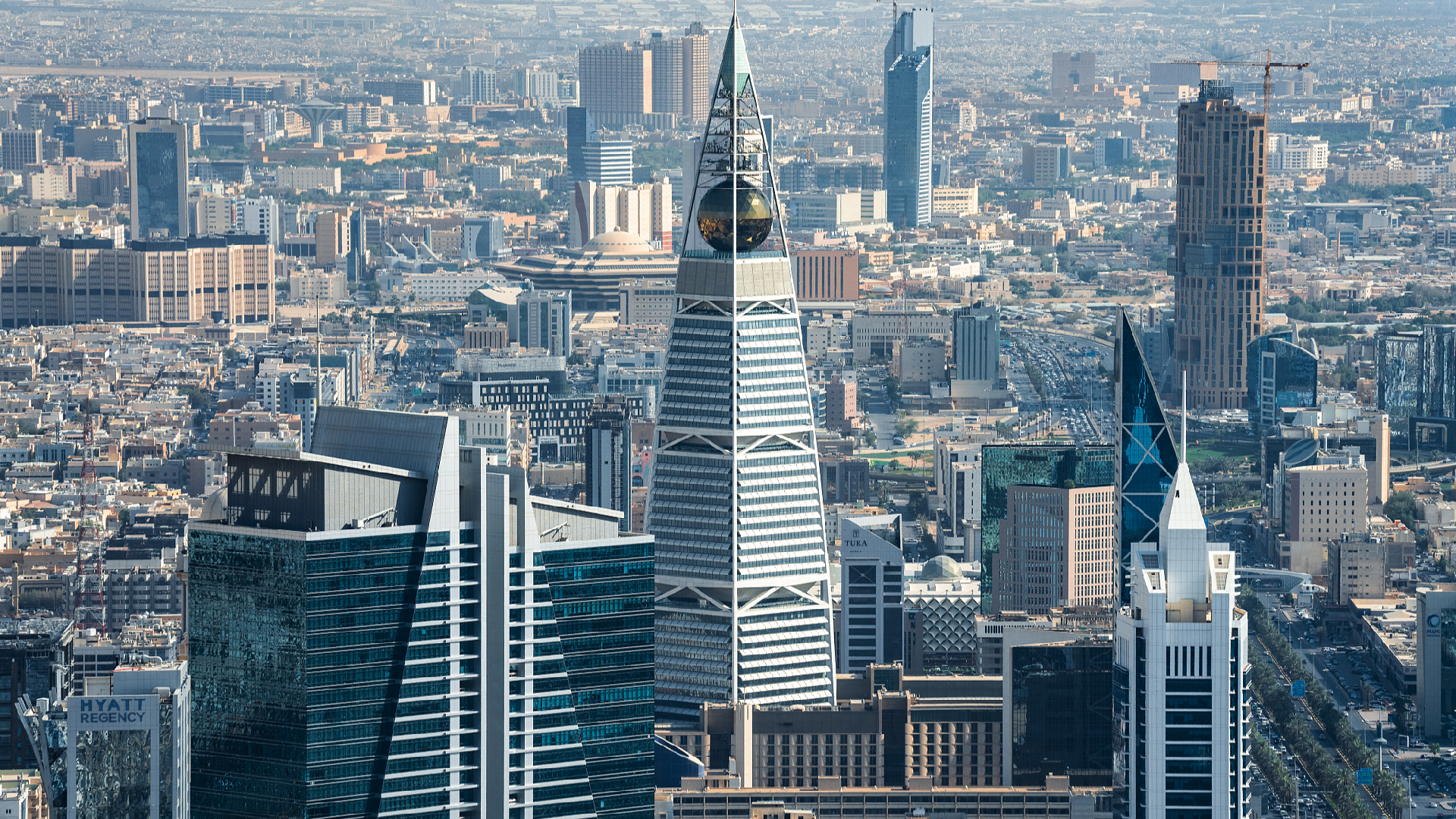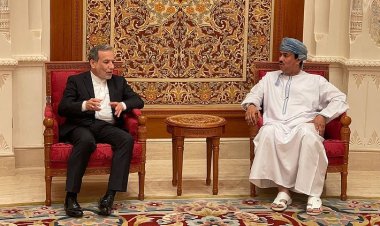Is the Middle East Shifting Its Focus Eastward?
The growing partnership between China and Saudi Arabia is set to enhance the economic growth and improve the quality of life for both nations, while also contributing positively to regional stability and prosperity.

The Middle East is a region that consistently provokes strong reactions from the international community. However, in recent years, there has been a notable shift towards positive developments in the area. Gulf nations have recommenced dialogue and collaboration; Türkiye has gradually enhanced its relations with neighboring states; and in April 2023, historic adversaries Saudi Arabia and Iran reestablished diplomatic ties. This conflict-ridden part of the world appears to be entering a new phase marked by political reconciliation and economic growth. Despite the United States scaling back its strategy in the Middle East, a sense of panic and chaos has not emerged. Instead, the region seems to be charting a new course by "looking east."
"Looking east" signifies a commitment to strengthening partnerships with emerging powers such as China, Russia, and India, particularly with China. For countries in the Middle East, this approach is no longer optional but rather an ongoing initiative. Currently, 20 out of the 22 nations in the region have signed cooperation documents related to the Belt and Road Initiative. Some nations have also set up specific coordination and docking mechanisms for BRI collaboration, including the High-Level Chinese-Saudi Joint Committee and the China-Egypt production capacity cooperation mechanism. Traditional multilateral frameworks like the China-Arab States Cooperation Forum have been revitalized to support the joint construction of the BRI. Projects like the China-Saudi Arabia Industrial Park, Saudi Arabia's Dammam Port, and Türkiye's Kumport Terminal have emerged as notable examples of China's engagement with Middle Eastern countries.
Among these collaborations, the partnership between China and Saudi Arabia stands out. In 2023, trade volume between the two nations surpassed $100 billion and continued to rise in the first half of the year. This trade volume represents 90 percent of Saudi Arabia's total trade with the G7 countries.
The alignment of development strategies has also deepened significantly. Saudi Arabia was among the first nations to actively embrace the BRI. In 2016, it launched Vision 2030, initiating profound transformations and reforms internally. The connection between the BRI and Saudi Arabia's Vision 2030 continues to strengthen, with collaboration expanding across various sectors, including economy and trade, production capacity, finance, and infrastructure. Numerous Chinese companies are now heavily involved in major developments like NEOM, The Line, and the Red Sea Project.
Economic cooperation is progressively intensifying. Presently, China is Saudi Arabia's largest trading partner, while Saudi Arabia holds the position of China's principal trading partner in the West Asia and North Africa region. Approximately 750 Chinese enterprises are operating in Saudi Arabia, with this number still on the rise. In recent times, Saudi Arabia has increased its investments in China. Key entities such as the Saudi Public Investment Fund, Saudi Aramco, and Saudi Basic Industries Corporation have made substantial investments in the East. In 2023, the central banks of both nations signed a bilateral local currency swap agreement of 50 billion yuan, or 26 billion Saudi riyals, aimed at facilitating trade and investment.
The green industry represents a new area of growth for their bilateral cooperation. A primary goal of Vision 2030 is to transform Saudi Arabia's economy and reduce its reliance on oil. China has established a global leadership position in industries like new energy vehicles, lithium-ion batteries, and photovoltaic products, playing a crucial role in the international clean energy market. Both China and Saudi Arabia prioritize the advancement of renewable energy and are enhancing collaboration in fields such as solar energy, wind energy, hydropower, and hydrogen energy.
Historically, the ancient Silk Road connected China and Saudi Arabia. During the Ming Dynasty, Zheng He, a Chinese navigator, journeyed to Jeddah, Mecca, and Medina, facilitating connections between trade and cultures via maritime routes. Zheng's voyages significantly contributed to the exchange, development, and integration of nations along his path. Today, the growing partnership between China and Saudi Arabia not only stands to benefit the economic prosperity and well-being of both countries but also promises to foster regional stability and prosperity.
Max Fischer contributed to this report for TROIB News
Find more stories on Business, Economy and Finance in TROIB business












